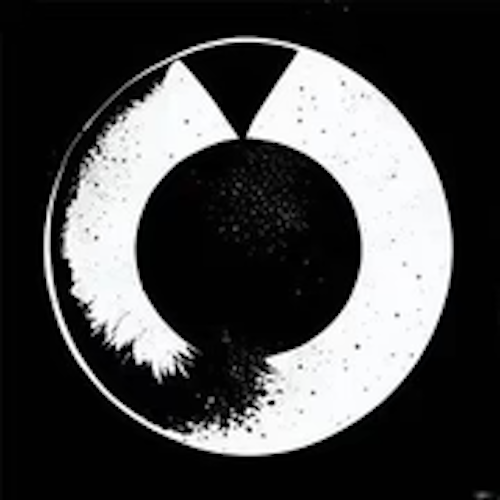How to Choose Between SLA and FDM 3D Printing for Your Next Project
Share
Understanding SLA and FDM 3D Printing
When embarking on a new project, choosing the right 3D printing technology is crucial. The two most popular methods, Stereolithography (SLA) and Fused Deposition Modeling (FDM), offer unique advantages and challenges. In this post, we'll delve into the intricacies of both, helping you make an informed decision for your next futuristic 3D printed object.
SLA 3D Printing
SLA, an advanced design process, is perfect for intricate, high-end retail objects and scientific use. Technast's SLA 3D printing service is known for its luxury biomorphic style, creating stunningly complex designs with superior surface finish.
FDM 3D Printing
Alternatively, FDM is ideal for durable, functional parts. It's great for super-fast repair of automation systems like capping, labeling, and filling machines. Technast's FDM 3D printing is renowned for its fast, professional service.
Choosing the Right 3D Printing Method
- Consider your project's needs: SLA is ideal for detailed designs, while FDM is better for robust, functional parts.
- Evaluate your budget: SLA generally costs more due to its intricate process, while FDM is more cost-effective.
- Think about the final product: SLA produces a smoother finish, while FDM results in visible layer lines.
Whether you're creating custom license plate frames, jewelry prototyping with resin prints, or developing native mobile apps, Technast provides advanced design and manufacturing services across Canada, especially Toronto, Mississauga, and GTA. Contact us today to discuss your project's needs.
